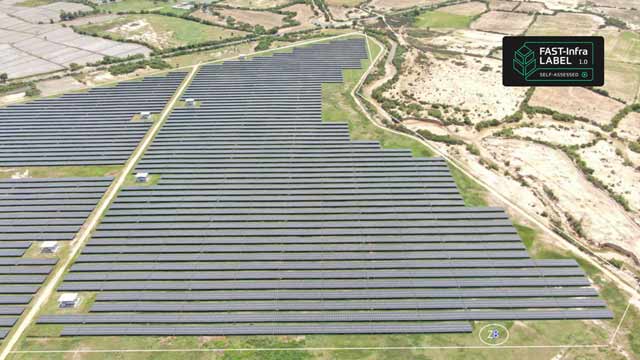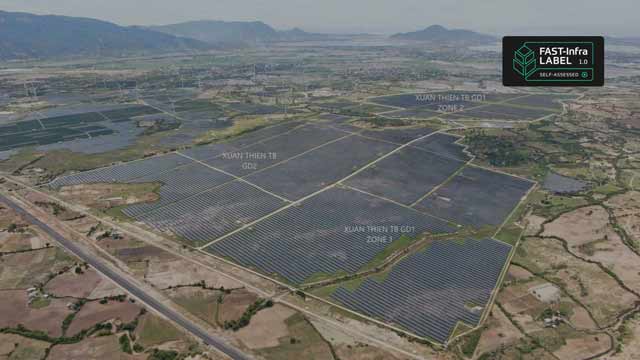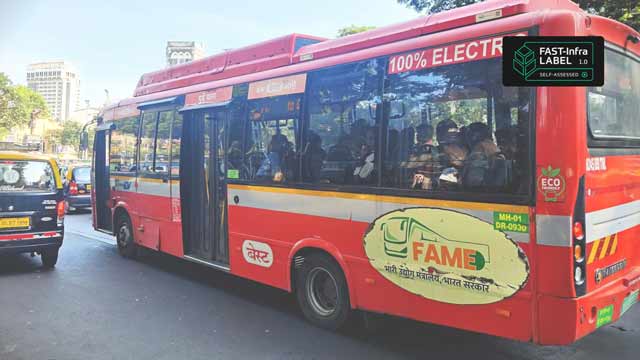
The case for investing in inclusive infrastructure
What’s a Rich Text element?
The rich text element allows you to create and format headings, paragraphs, blockquotes, images, and video all in one place instead of having to add and format them individually. Just double-click and easily create content.
H1
H2
H3
H4
H5
H6


Static and dynamic content editing
A rich text element can be used with static or dynamic content. For static content, just drop it into any page and begin editing. For dynamic content,

add a rich text field to any collection and then connect a rich text element to that field in the settings panel. Vsadsadsdasdasdasdasdoila!
- A rich text element can be used with static or dynamic content. For static content, just drop it into any page and begin editing. For dynamic content, add a rich text field to any collection and then connect a rich text element to that field in the settings panel. Voila!
- t to that field
- t to that field
-
How to customize formatting for each rich text
How to customize formatting for each rich text
How to customize formatting for each rich text
Headings, paragraphs, blockquotes, figures, images, and figure captions can all be styled after a class is added to the rich text element using the "When inside of" nested selector system.
Inclusive infrastructure prioritizes equitable benefits across social, economic, and demographic spectrums. The FAST-Infra Label framework encourages stakeholder engagement, addresses displacement concerns, and emphasises positive social impacts that align with global sustainability goals. Inclusivity is gaining traction internationally as a key element of quality infrastructure as it contributes to long-term economic stability and resilience. The FAST-Infra Label framework hopes to highlight projects that not only mitigate harm but actively enhance community well-being, offering a blueprint for sustainable and socially responsible infrastructure development.Inclusive infrastructure is a concept that emphasizes the importance of ensuring that infrastructure development benefits individuals and communities, regardless of social, economic, or demographic characteristics. Infrastructure projects have the potential to drive sustainable economic growth, promote gender equality, empower marginalized groups, and support inclusion for people with disabilities. However, this potential is often unrealized due to a lack of consideration for the needs and perspectives of vulnerable and excluded populations. The United Nations (UN) Sustainable Development Goals (SDGs) are the blueprint to achieve a more sustainable and inclusive future for all. Its ‘2030 Agenda for Sustainable Development’ is underpinned by three pillars of sustainability: social, economic and environmental, and also includes a commitment to "Leave No One Behind"
The FAST-Infra Label framework places a strong emphasis on inclusivity, particularly highlighting projects that foster stakeholder engagement. This approach encourages involvement of all affected stakeholders and communities, not only prior to the development stage of an infrastructure project but also throughout its entire lifecycle. Furthermore, projects are required to develop a comprehensive stakeholder engagement plan to address identified issues, including impacts on all communities and cultural heritage sites within the project area, as well as assess the extent of expected direct and indirect economic, social, cultural, and environmental effects. The framework places a significant focus on addressing issues related to land acquisition, involuntary land restrictions and resettlement of communities. This involves preventing the involuntary resettlement of affected communities, avoiding economic displacement, and ensuring just compensation and land tenure provisions. In cases where meeting these conditions is not feasible, the project must demonstrate that it has made substantial efforts to minimise both physical and economic displacement by exploring alternative project designs and engaging with affected communities to develop a resettlement action plan and a livelihood restoration plan.
The impact of inclusive infrastructure lies in its ability to adhere to this commitment in the expansion of physical structures and facilities. Inclusive infrastructure development addresses the exclusion of various vulnerable groups, including women, children, the elderly, individuals with disabilities, and those from marginalised communities. It aims to reconcile disparities in infrastructure access around the world. To ensure infrastructure projects make a meaningful positive impact on communities, it is vital to incorporate social inclusion throughout every stage of the project's lifecycle. This entails actively considering the needs of users, local communities, and residents at the start of the initial planning and design phases and continuing this focus throughout construction, operation, and eventual decommissioning.
A thorough site assessment and stakeholder engagement are crucial before the project commences, examining where the construction is taking place and its impact on people from the project’s inception. It’s imperative to understand how the communities are connected to it, both economically and socially. Unbuilding or undoing the impact is often not practically feasible. For instance, a local community’s primary income source and food supply, such as crops on the land selected for development, may be adversely affected by the project. Therefore, early consideration and planning for these aspects are essential to ensure infrastructure projects have a positive and lasting influence on the communities they serve.
The FAST-Infra Label framework emphasises the importance of not just mitigating negative impacts but also identifying how infrastructure projects can enhance the overall quality of life for the people affected. This approach aligns with the International Finance Corporation (IFC) performance standards, which aim to prevent land takeovers and the displacement of individuals. These standards are widely recognized and serve as the baseline requirements. In addition, the label promotes the consideration of positive contributions such as the provision of job opportunities among project workers and the local community.
Approaches related to achieving positive impact involve actively influencing other actors (companies) across projects’ supply chain to significantly improve their human and labour rights; working with local human rights service providers to support both affected and wider communities; being able to quantify number of young people being securely employed, up-skilled and trained, who would not be without the project’s targeted efforts . In doing so, the label seeks to create infrastructure projects that not only avoid harm but actively contribute to the well-being, resilience and empowerment of the communities they impact. These contributions may extend to the creation of long-term employment opportunities, both in the development and ongoing operation of infrastructure, offering decent jobs.
In the pursuit of ensuring that economic growth benefits all members of society, many countries are increasingly focusing on the role of infrastructure in achieving this goal. Inclusivity in infrastructure is gaining prominence in both developed and developing nations, backed by international initiatives like the Sustainable Development Goals (SDGs) and the G20's emphasis on social inclusion in their definition of Quality Infrastructure. Inclusive infrastructure offers advantages such as reduced inequalities and long-term economic stability, but its successful implementation is crucial.
Infrastructure plays a pivotal role in the continuous development and sustenance of economies in both developing and developed nations. Recognizing that traditional construction methods are no longer viable, major organisations have come to understand the necessity of adapting and embracing new and inclusive infrastructure approaches, sensitive to the needs of local communities. To facilitate this ongoing transformation and construction, securing the necessary financial resources remains imperative. The FAST-Infra Label, supported by over 80 public and private institutions, has a mission to bridge the existing investment gap in sustainable infrastructure.
Prioritizing the optimization of social benefits in infrastructure projects aligns with economic logic for contractors, developers, and investors. Incorporating inclusivity in a project will gain support from the local community, consequently lowering the risks associated with te project and minimizing the chances of delays and cost uncertainties. When the intended social outcomes are integrated into the project from the outset, the outcome will be infrastructure with enhanced long-term performance that provides enduring advantages. This approach also leads to improved returns on investment for both businesses and taxpayers.


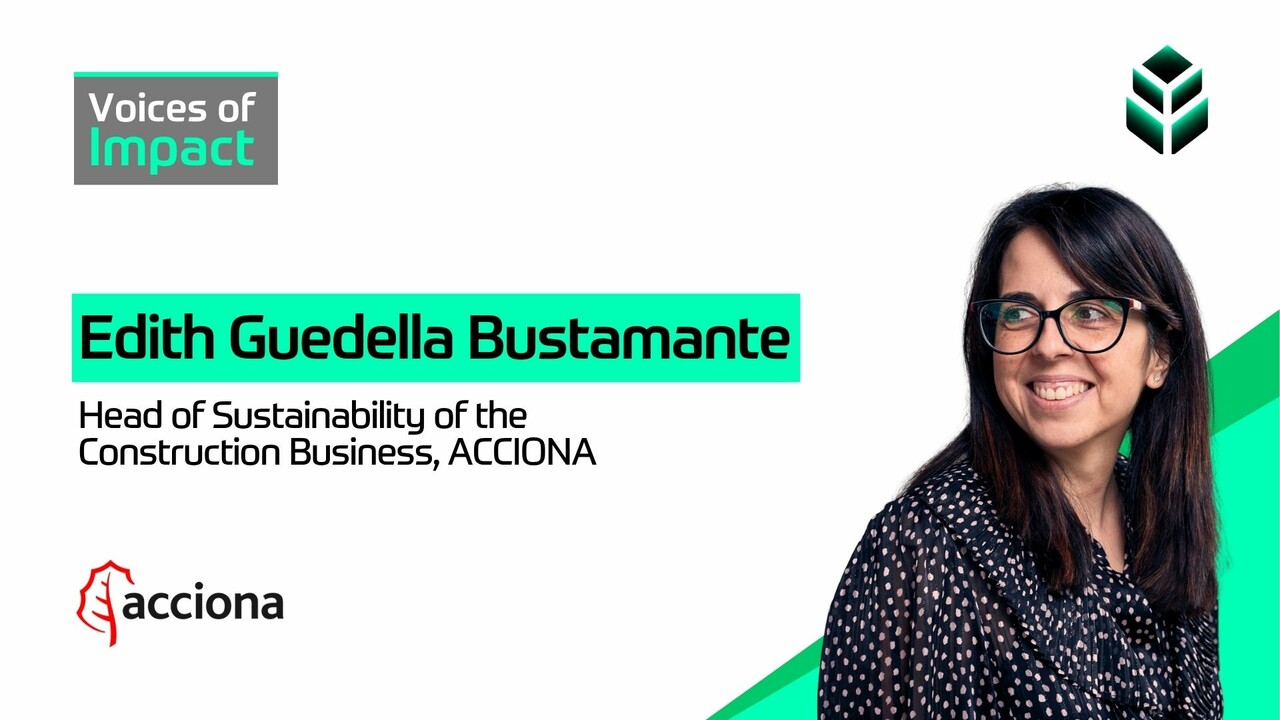



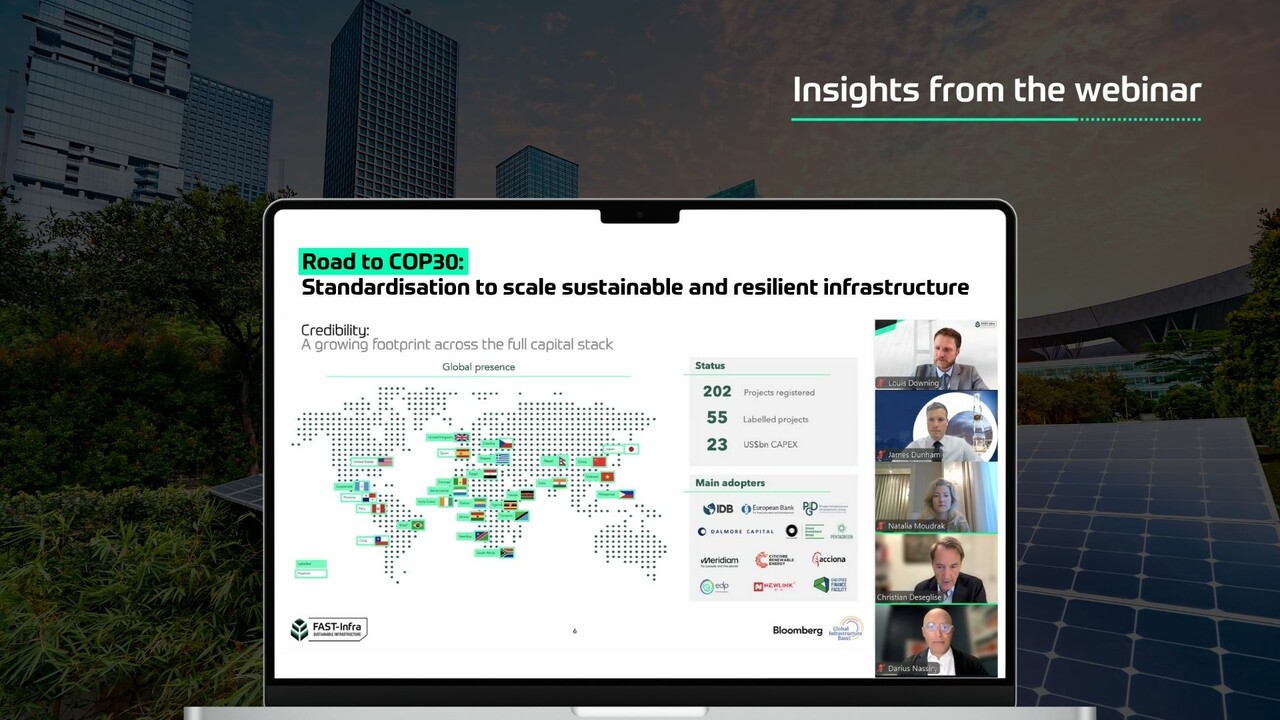





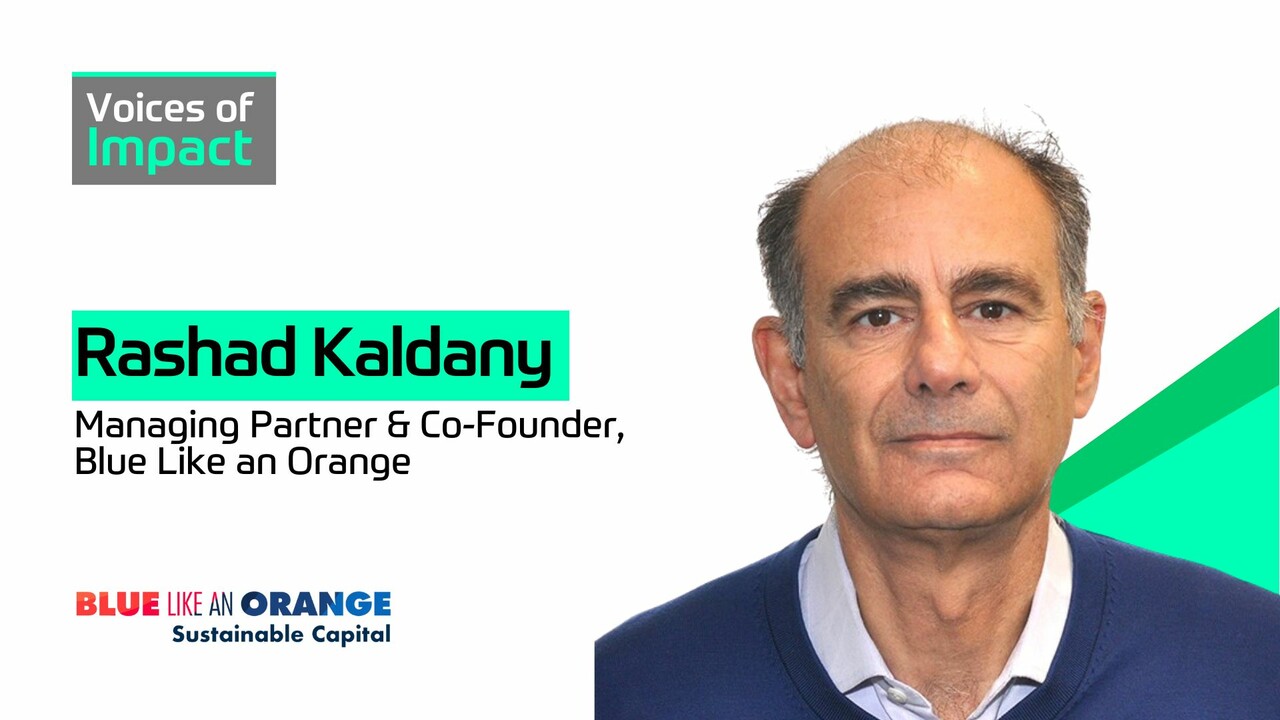
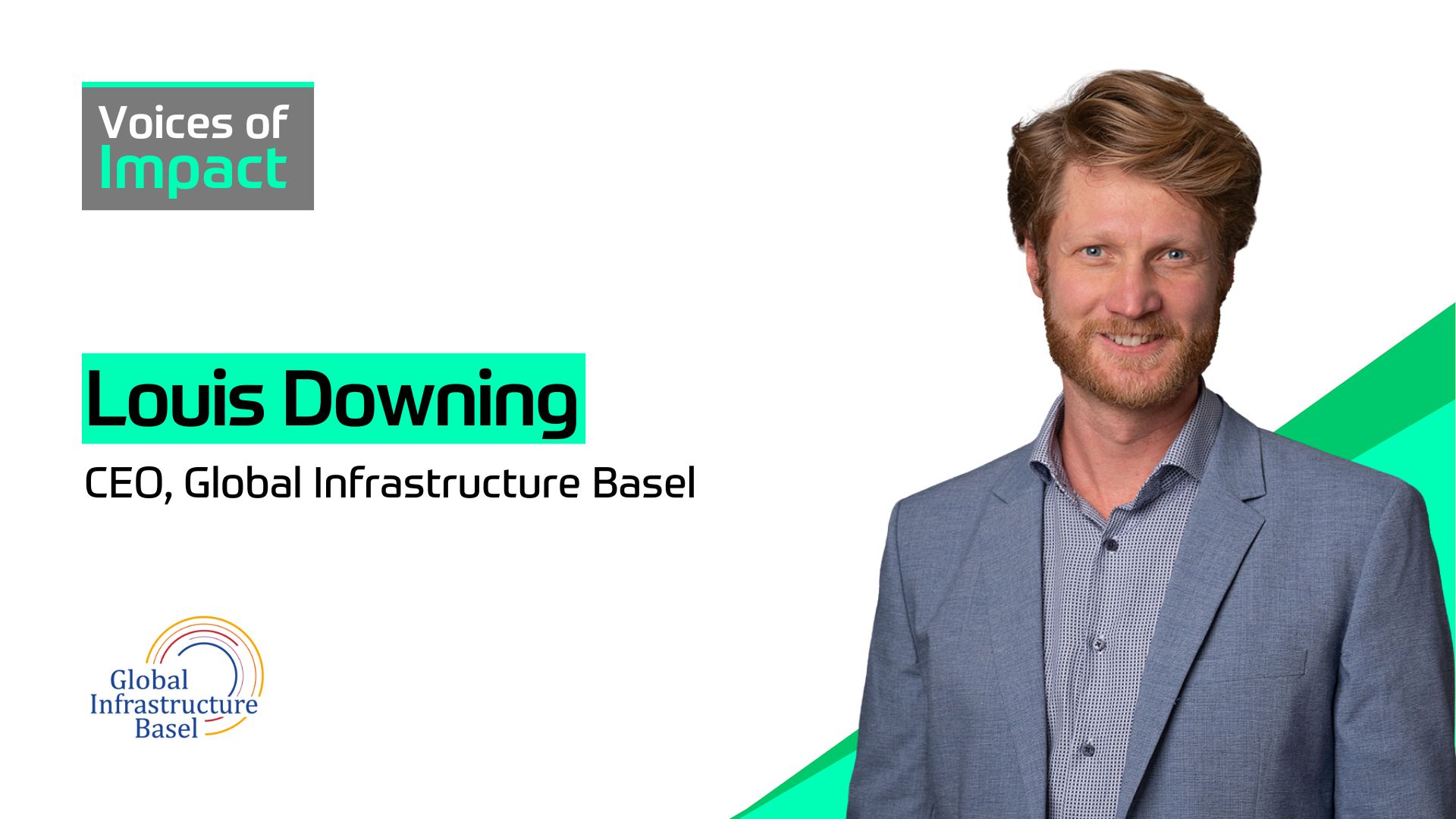
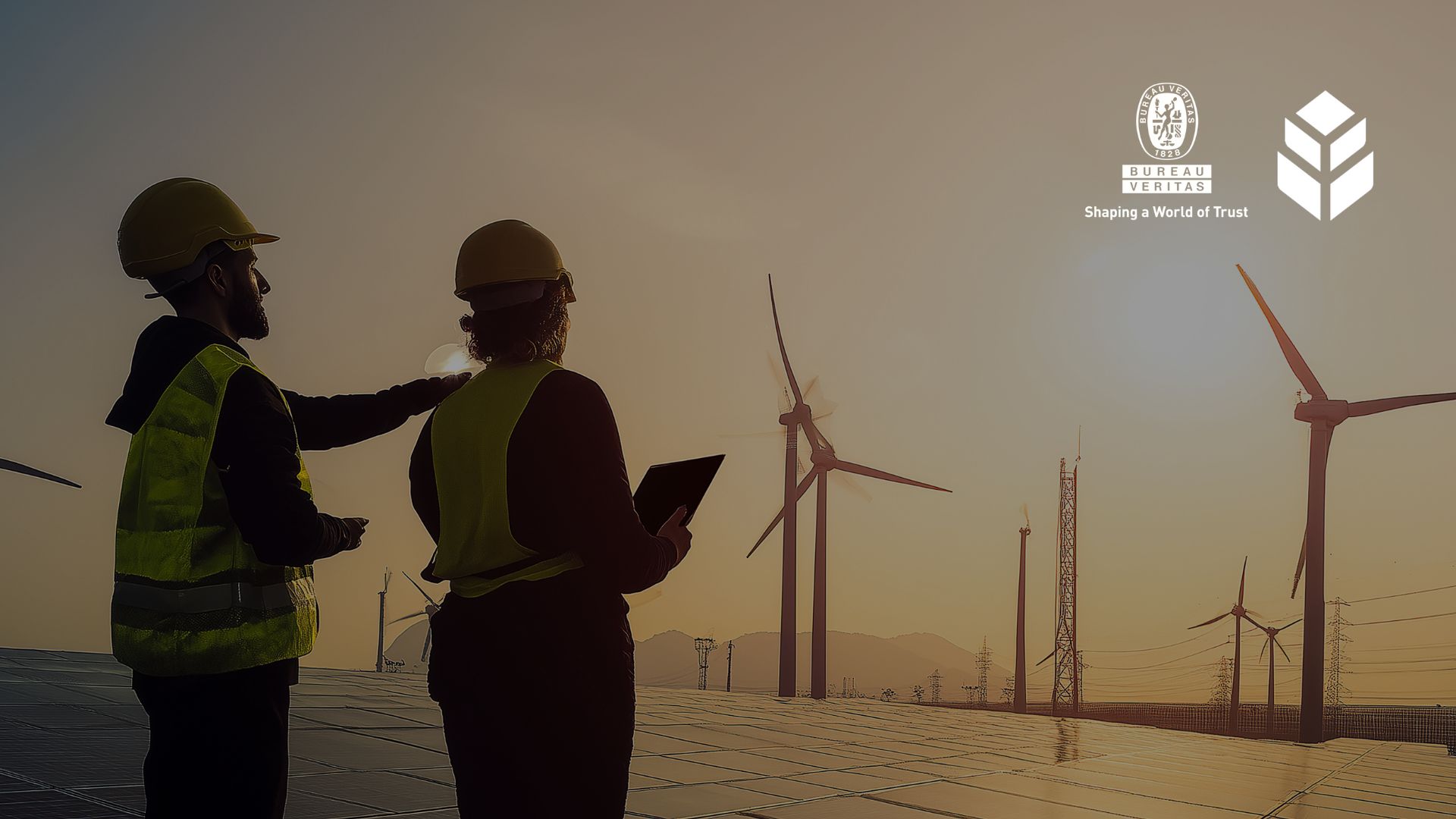
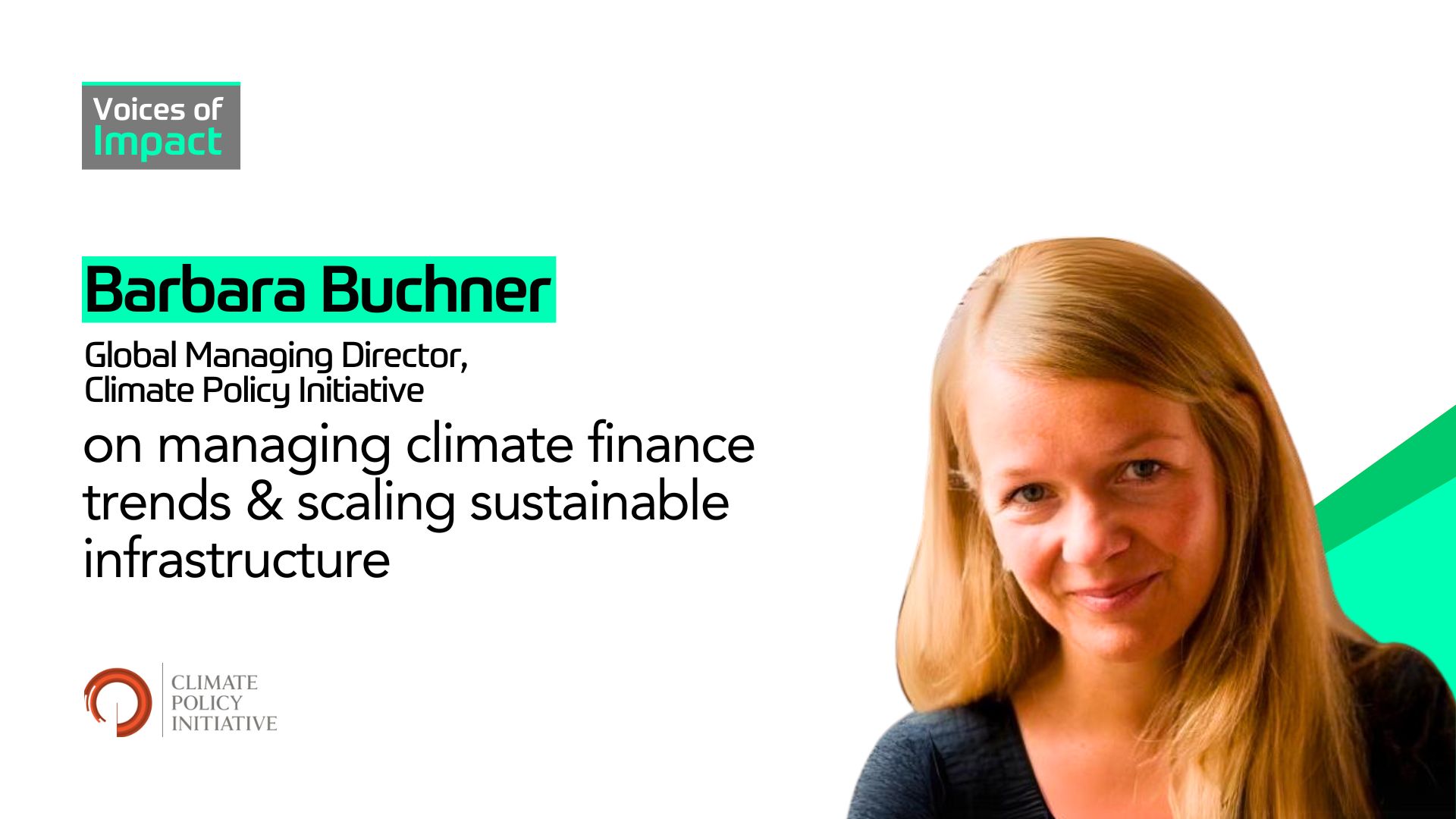
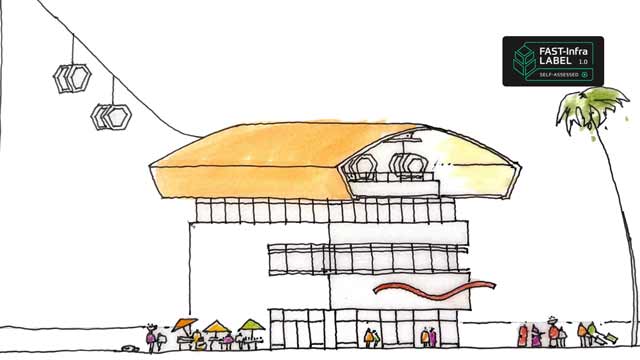






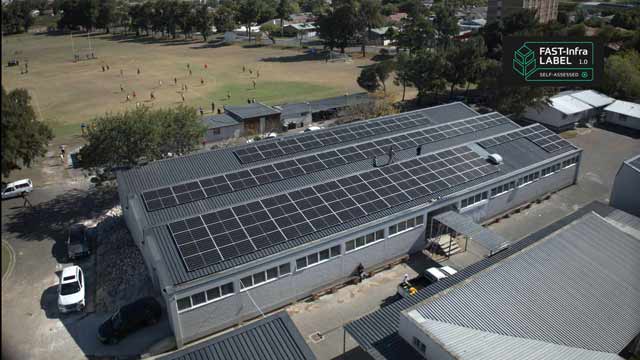

.jpg)


.jpg)


.jpg)
.jpg)
.jpg)
.jpg)
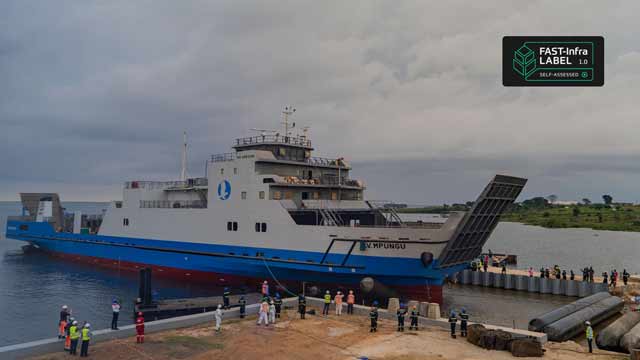
.jpg)




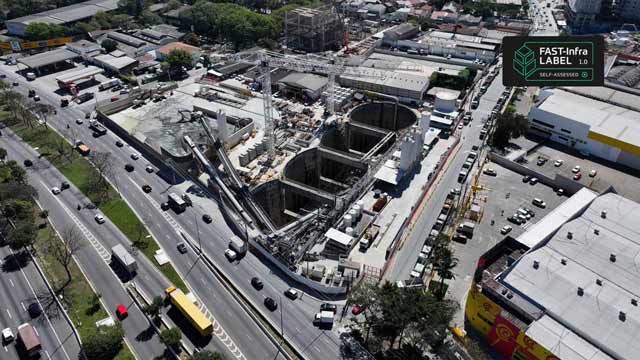













.webp)
.webp)


